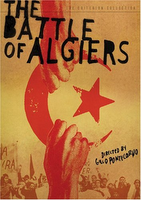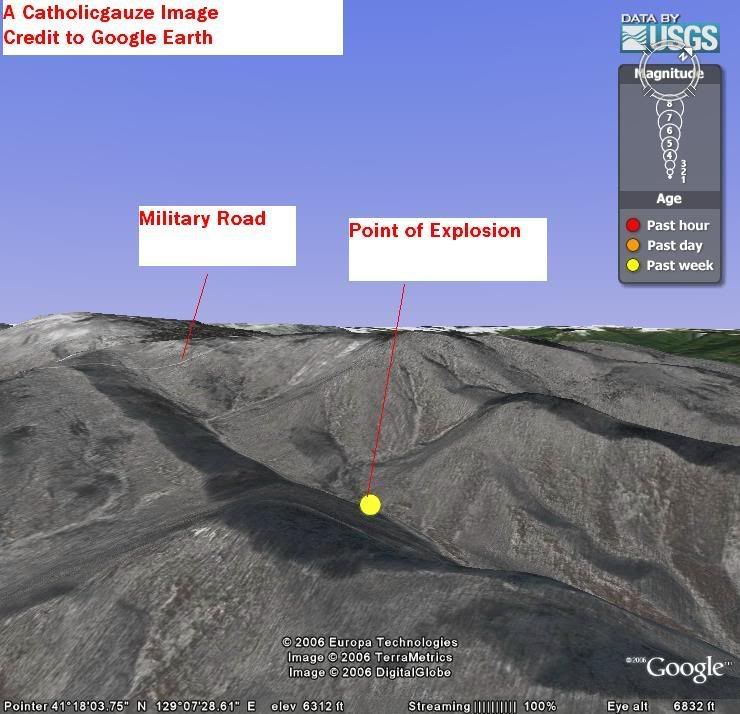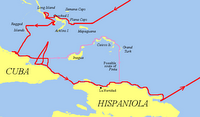Halloween comes from the Irish. The druid aspects have been lost and the holiday merged with Catholic remembrance for souls in purgatory. Eventually tricks and other forms of fun managed to wiggle into the holiday. It spread outside of the Celtic realm by Irish immigrants escaping the potato famine and British oppression. Before the Irish came to America and at the start there were efforts to repress Halloween because it rubbed counter to Puritan America (pagan roots and Catholic tradition oh my!). In the late 1800s and early 1900s American Halloween became tied in with childish tricks and pranks. Add in candy bribing (which proves never negotiate with terrorists) and you have Halloween as we know it.
Americanized Halloween is spreading throughout the world. After much controversy it has taken over France with the support of companies like Coca-Cola and Disney. The United Kingdom has its own Halloween tradition due to Celtic influences but the Americanized trick or treat is becoming the norm.










